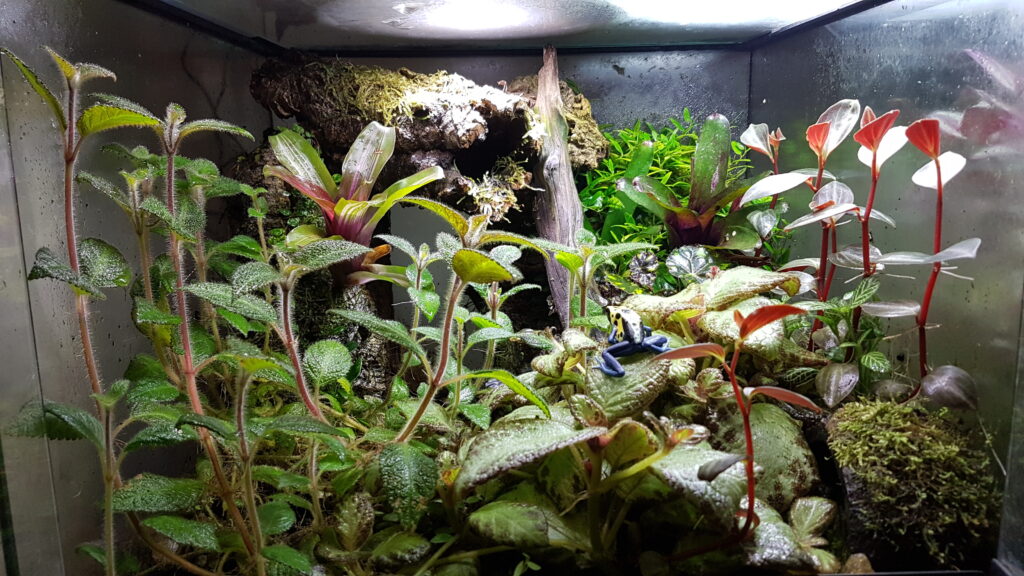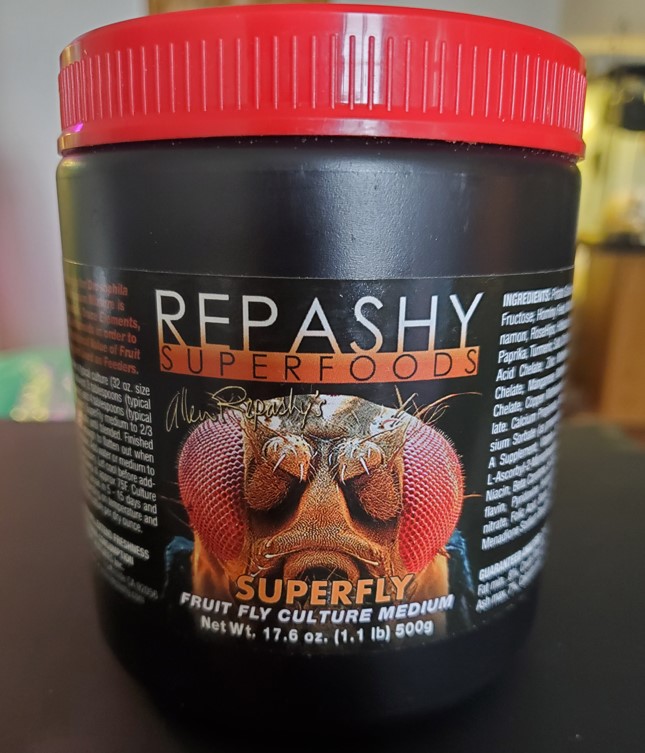Silkworms (Bombyx mori) are a popular food source for reptiles, particularly for species that eat insects. They are high in protein and fat, making them a nutritious food source for reptiles. Silkworms are also a good size for many reptile species, making them easy to feed.
Silkworms can be purchased from a variety of sources, including reptile supply stores and online retailers. They can also be easily bred at home, making them a convenient and cost-effective food source.
To breed silkworms, you will need:
- Silkworm eggs (can be purchased from a supplier)
- Mulberry leaves (the primary food source for silkworms)
- A container to keep the silkworms in (a plastic container with a lid works well)
- A heat source (such as a heat lamp or ceramic heater)
To start the breeding process, you will need to hatch the silkworm eggs by keeping them at a warm temperature (around 80-85°F) and providing them with fresh mulberry leaves. Once the eggs hatch, the silkworms will begin to eat the leaves and grow quickly. As they grow, they will need to be moved to larger containers and provided with more food.
Silkworms can be fed fresh mulberry leaves or a prepared diet, which can be purchased from a reptile supply store. They should be kept at a warm temperature (around 80-85°F) and provided with a source of humidity (such as a damp cloth or water dish).
As the silkworms grow, they will eventually form cocoons and enter the pupal stage. At this point, they can be harvested for food or allowed to emerge as adult moths.
Silkworms are a nutritious food source for reptiles and are easy to breed at home. They are high in protein and fat, making them a great food source for growing reptiles. They can be fed to a variety of reptile species, including lizards, snakes, and turtles. When breeding silkworms, it’s important to maintain proper temperature, humidity, and food source to keep them healthy and ensure a good yield.
Silkworms: Feeding and Breeding





